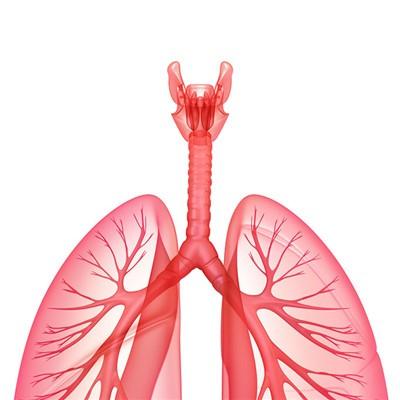Symptoms of influenza A virus?
summary
Influenza A virus is a common influenza virus. Influenza A virus is most likely to mutate. The subtype of influenza A virus is known as "avian influenza". Bird flu is an acute infectious disease caused by avian influenza virus. The virus gene mutation can infect humans. The main symptoms after infection are high fever, cough, runny nose, myalgia, etc, Most of them are accompanied by severe pneumonia, severe heart, kidney and other organ failure leading to death, the mortality is very high. The disease can be transmitted through the digestive tract, respiratory tract, skin damage and conjunctiva and other ways. The traffic between people and vehicles is an important factor in the transmission of the disease. Symptoms of influenza A virus? Let's talk about it.
Symptoms of influenza A virus?
Generally speaking, only about 50% of infected patients will develop typical clinical symptoms of influenza. The typical symptoms of influenza are sudden fever, dizziness, headache, myalgia, mild systemic symptoms, accompanied by sore throat and cough, nasal congestion, runny nose, chest pain, eye pain, photophobia and other symptoms. The fever temperature can reach 39-40 ℃, which generally lasts for 2-3 days and then gradually subsides. Generally, the systemic symptoms are serious, but the respiratory symptoms are not serious.

The most common complication is pneumonia. In general, secondary bacterial pneumonia is more common, with Staphylococcus aureus, pneumococcus and Haemophilus as the most common. Primary influenza virus pneumonia is rare, more common in patients with original heart and lung disease (especially patients with rheumatic heart disease, mitral stenosis) or pregnant women, with high mortality.

Other complications included Reye's syndrome and toxic shock syndrome. Reye's syndrome is limited to children aged 2-16 years old, mainly associated with influenza B (or varicella, herpes zoster). Clinical symptoms of nervous system, such as nausea, vomiting, drowsiness, coma, convulsion, etc., developed into coma after a few days of acute respiratory tract infection. In recent years, it is believed that aspirin is related to the development of coma. Septic shock syndrome often occurs after influenza, accompanied by respiratory failure. Chest X-ray can show adult respiratory distress syndrome, but pneumonia is not obvious. The antibody against influenza could be increased in blood, and pathogenic bacteria could be found in tracheal secretions, especially staphylococcus aureus.

matters needing attention
1. The whole virus vaccine is composed of the whole inactivated virus, so the side effects are relatively large. The method of whole body vaccination has been largely replaced by other methods. 2. Split virus vaccine is composed of virus particles treated with detergent. Split influenza vaccine includes surface antigen, hemagglutinin, neuraminidase, nucleoprotein and matrix protein. The vaccine is suitable for adults and children. 3. The subunit vaccine is mainly composed of HA and Na which have removed other viral components and only produce antibody protective response. Because of its high purity, safety and tolerance, it is especially suitable for children.









